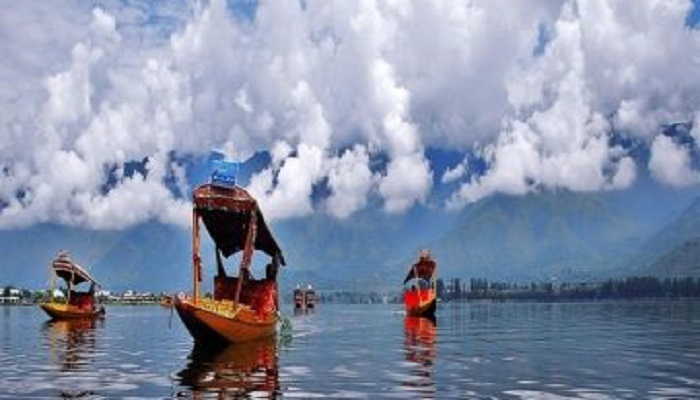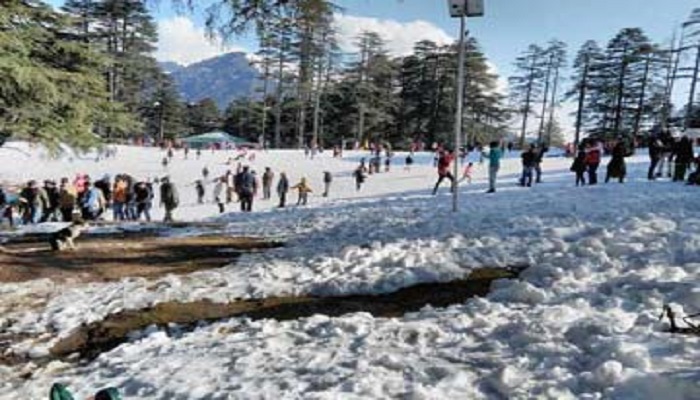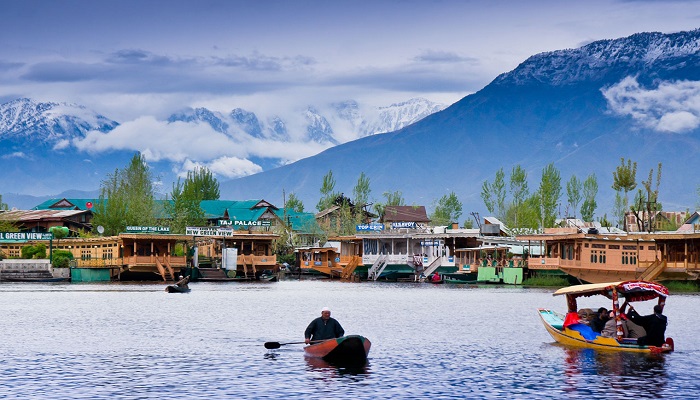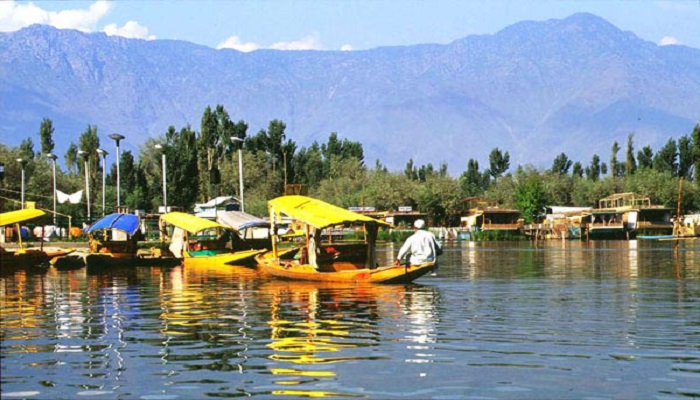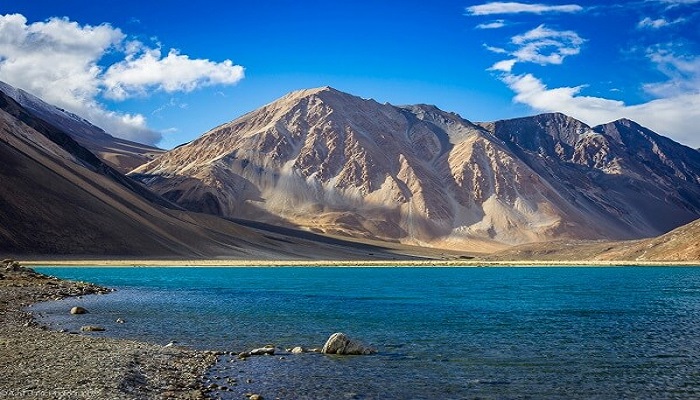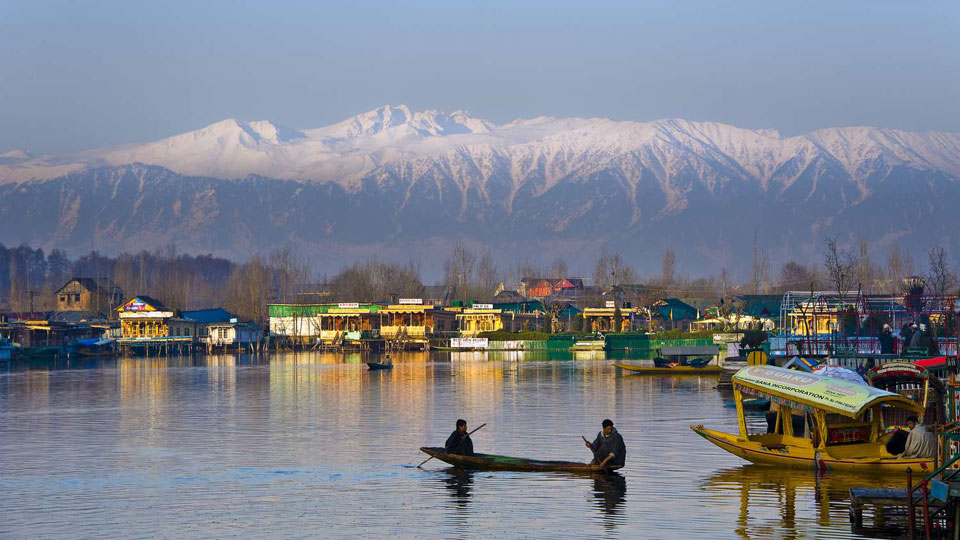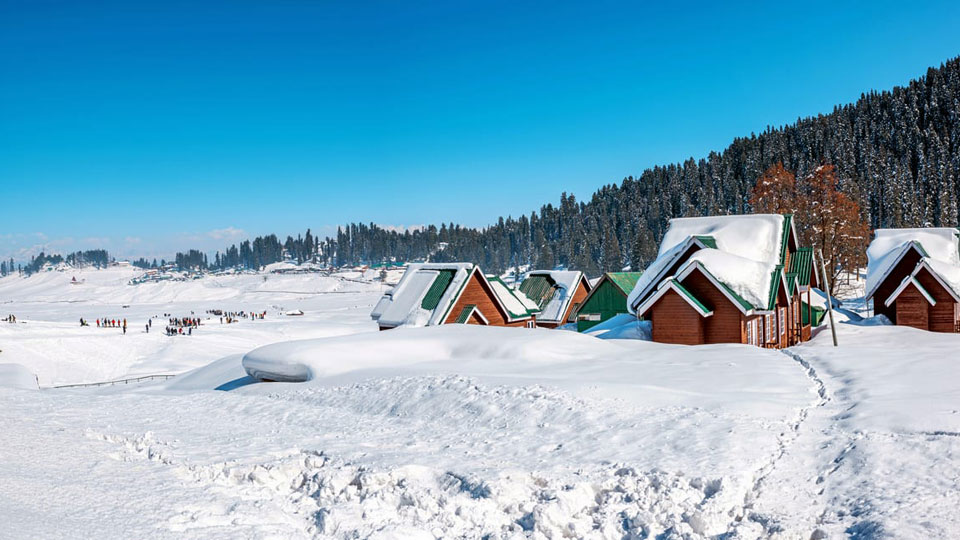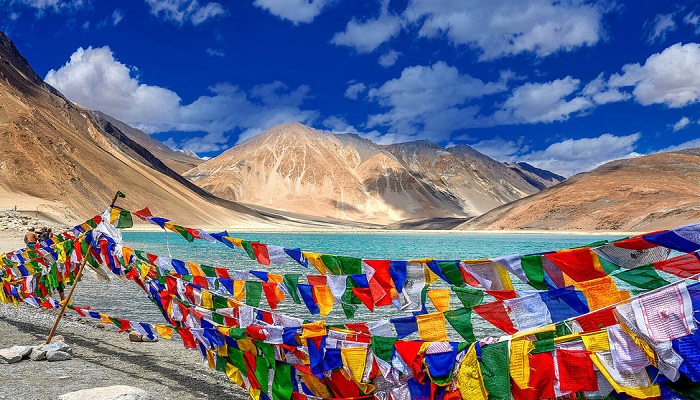Description
Patnitop-Srinagar-Sonamarg-Gulmarg-Pahalgam Itinerary: 10Days/09 Nights
Day 01: Jammu to Patnitop (130 km)
After Breakfast, proceed to Patnitop. Patnitop is a hilltop tourist location in the Udhampur district on the National Highway 1A, on the way from Udhampur to Srinagar.
The center of attraction in Patnitop is its natural charm, climate, pine forests and lush green hills-cape. Patnitop is the best hill resort in Jammu region.
After lunch, walk through the woods of Patnitop. View sunset from hills of Patnitop
Overnight stay in Patnitop.
Day 02: Patnitop to Srinagar (200 km)
Wake up early in the morning. Post breakfast travel to Srinagar. Enjoy the beautiful roadside view of this heavenly valley.
Overnight in Srinagar.
Day 03: Srinagar sightseeing
Enjoy shikara (boat) ride on Dal Lake very early in the morning.
Day tour to visit Mughal Gardens, Parimahal, and Sankaracharya Temple.
Overnight stay in Srinagar.
Day 04: Sonmarg sightseeing (83 Km)
Full-day excursion to Sonmarg. The distance of Sonamarg is about 83 km from Srinagar. Sonamarg lies in Sindh Valley streamed with flowers and surrounded by mountains. DO a light trek to Thajiwas glacier.
Return and overnight stay in Srinagar.
Day 05: Srinagar to Gulmarg (60 km)
Gulmarg has one of the best Ski slopes and the highest 18 holes golf course in the world. On a clear day you can view Nanga Parbhat. Enjoy the fascinating hills-cape on the way.
Overnight in Gulmarg.
Day 06: Enjoy Gulmarg
Enjoy paradise, go to Khilanmarg (Ropeway/Trek), and take part in sports activities.
Overnight in Gulmarg.
Day 07: Gulmarg to Srinagar
Visit Wular lake. Situated 60 km away from Srinagar, this magnificent and sensational lake is considered as the largest fresh-water lake in the country.
Overnight at Houseboat in Srinagar.
Day 08: Srinagar to Pahalgam (87 km)
Leave Gulmarg early for Pahalgam. Drive through Saffron fields, and visit Awantipura ruins (1100 years old temple of Lord Vishnu). Drive through the pine forest and along the Lidder River.
Overnight in Pahalgam.
Day 09: Pahalgam sightseeing
Visit beautiful Aru Valley and Betab Valley.
Overnight in Pahalgam.
Day 10: Pahalgam to Jammu (275 km)
Drive back to Jammu for the return journey, En-route visit Anantanag Temple.
Some amazing things you must know about Kashmir
Kashmir is the northernmost geographical region of the Indian subcontinent. Until the mid-19th century, the term “Kashmir” denoted only the Kashmir Valley between the Great Himalayas and the Pir Panjal Range. Today, the term encompasses a larger area that includes the Indian-administered territories of Jammu and Kashmir and Ladakh,
Jammu and Kashmir is located among the Himalayan, Pir panjal and Karakoram mountain ranges. It is famously known as the “Paradise on Earth” because of its gorgeous valleys, mountains, lakes, forests and meadows. Along with its breathtaking landscape, Jammu and Kashmir. There are a plethora of places to see and things to see in Kashmir for all kinds of travelers.
Ladakh (meaning “land of high passes”) is the land of Indo-Aryan people and Tibetan descent situated in the state of Jammu and Kashmir, India. The area lies between Kunlun mountain range in the north and the Great Himalayas to the south. Ladakh borders Tibet to the east, the Lahaul and Spiti to the south, the Kashmir valley and Baltiyul regions to the west, and the Trans Kunlun territory of Xinjiang to the far north. Geographically Ladakh a different world on this earth lies in the Great Himalayan rain shadow, no monsoon during the summer, but receives snowfall throughout its long (November – Late May) winter. As Ladakh lies on the tri- junction of the historic ‘Silk Route’ from Sinkiang to West Asia and to the plains of India, it was an important station for International trade. People of Ladakh are devout Buddhist. Since 1960 after the Tibetan border is ceased, the Government of India has been able to promote tourism in Ladakh successfully. Ladakh is renowned for its remote mountain beauty and culture. It is sometimes called “Little Tibet” as it has been strongly influenced by Tibetan culture.

